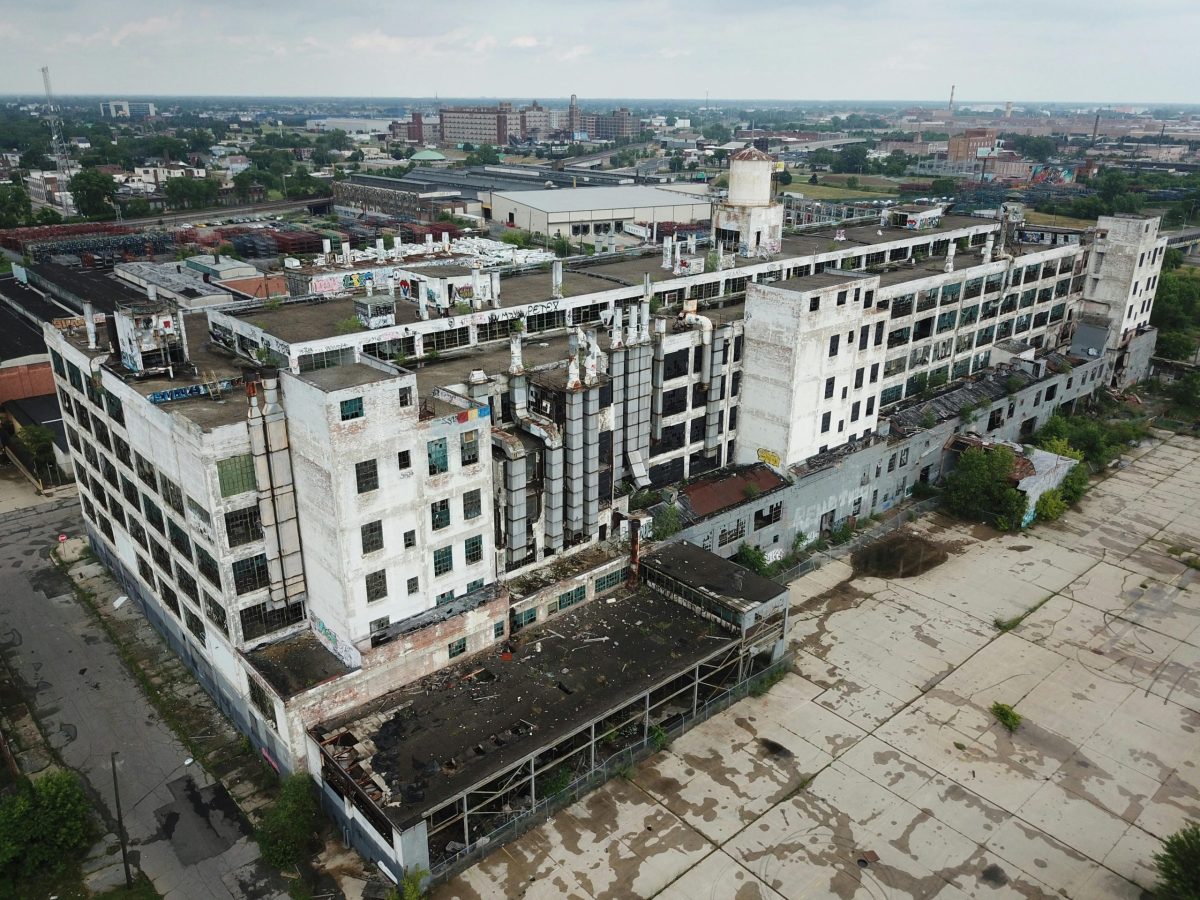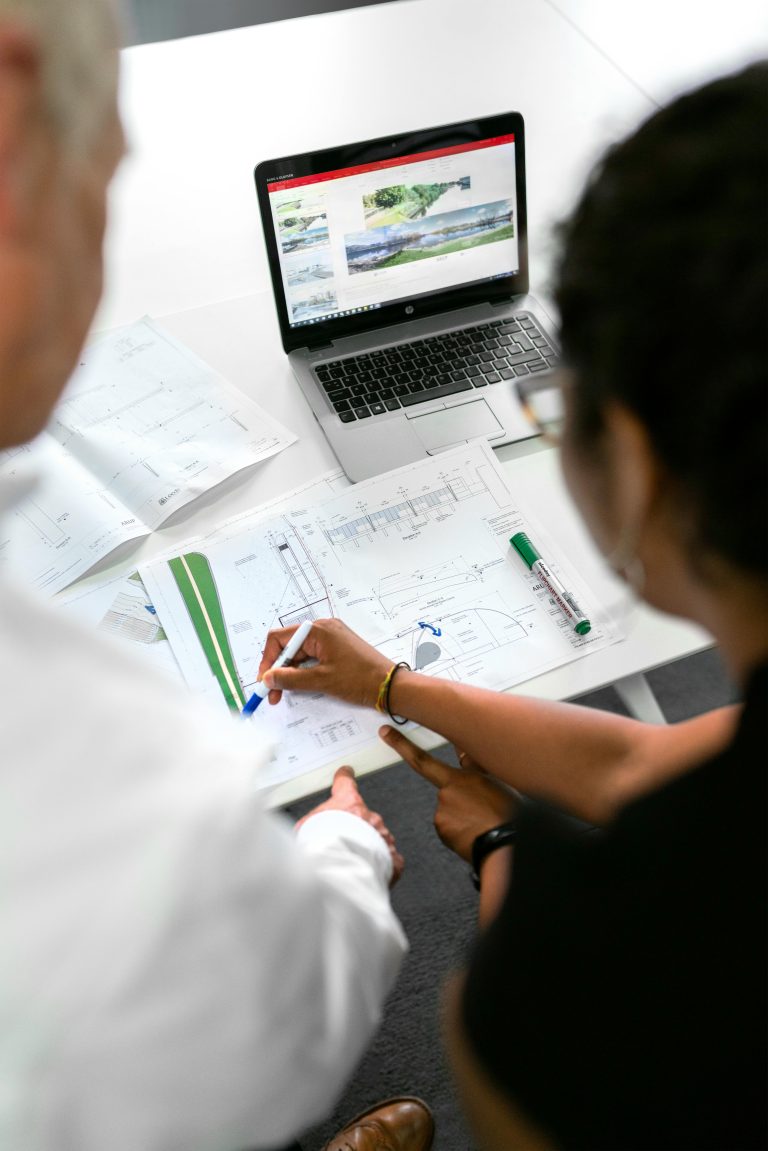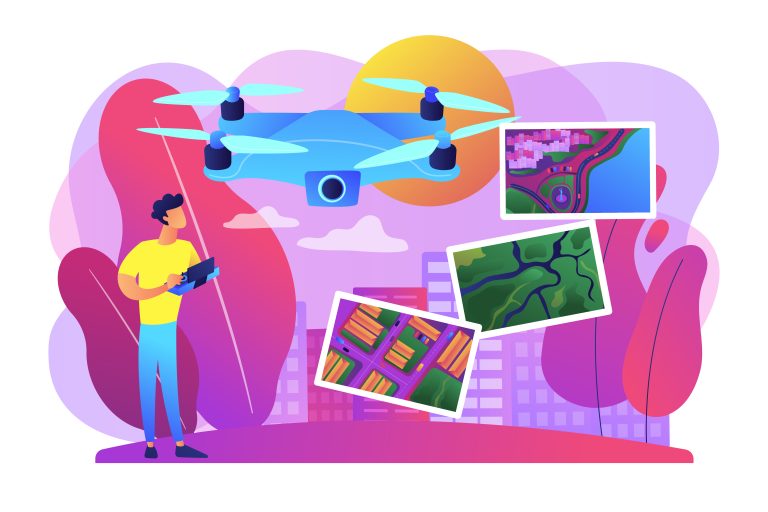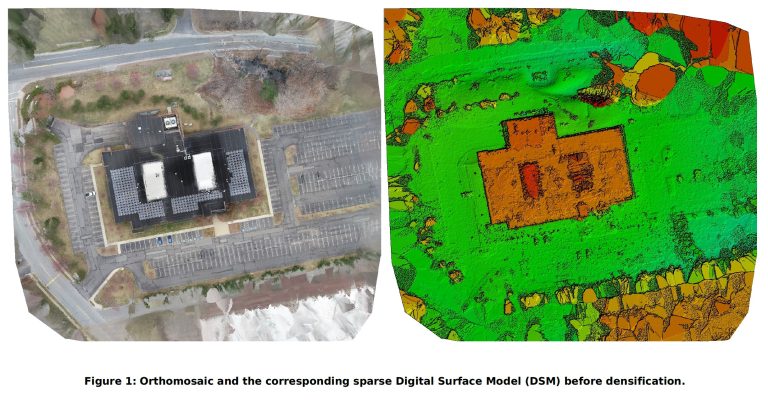Drone Roof Inspection for Commercial Buildings: A Guide
Remember that uneasy feeling you get when your business’s roof needs its regular look-over?
You’ll find that getting stuff moved gets complicated. You often worry about accidents, work stopping, and how much those old methods truly cost.
Imagine getting a detailed roof inspection, quicker and without anyone climbing up there.
Drones completely change how we inspect commercial building roofs.
What is Drone Roof Inspection?
Think of it as giving your building a high-tech health checkup from the sky. No more climbing wobbly ladders or building scaffolds.
A licensed pilot now flies a special drone over your roof for inspections capturing high-resolution photos that show every detail of your roof.
The drones can also carry thermal sensors to see things the naked eye can’t. This lets inspectors find hidden moisture and energy loss with amazing accuracy.
The whole process is faster, much safer, and often more detailed than having someone perform traditional roof inspections.
All the data collection is digital, creating a permanent record of your roof condition you can reference for years.
The Old vs. the New Way
While a hands-on look will always have its place, modern inspection technology offers massive advantages. Traditional roof inspections are dangerous and often miss subtle issues. Here’s a breakdown of how the two methods compare in the areas that matter most to your business.
| Factor | Traditional Inspection | Drone Inspection |
|---|---|---|
| Safety | High risk of falls and injuries from climbing a roof. This is a major liability concern. | Extremely low risk. The inspection team stays safely on the ground. |
| Time on Site | Can take days for large or complex commercial roofs. | Often completed in just a few hours, minimizing disruption. |
| Cost | Higher costs due to labor, safety equipment, and potential lift rentals. | Generally more cost-effective because of speed and lower labor needs. |
| Accuracy | Relies on the human eye. Small issues or subtle damage can be missed. | High-resolution imagery catches tiny cracks. Thermal imaging finds hidden moisture. |
| Data Quality | Handwritten notes and standard photos. Can be inconsistent. | Detailed digital data, thermal maps, and precise measurements. Creates a consistent digital record. |
| Business Disruption | Can require sections of your property to be closed off. It’s noisy and intrusive. | Minimal to no disruption. The process is quiet and unobtrusive. |
The Game-Changing Benefits of a Drone Roof Inspection for Commercial Buildings
Switching to a modern inspection method is about getting real, measurable benefits that impact your bottom line and peace of mind. For building owners and managers, these advantages are too significant to ignore.
Safety First: Keeping Your Team on the Ground
The biggest and most important benefit is safety. Falls are a leading cause of injury and death in the construction industry. According to OSHA statistics on construction falls, these accidents are tragically common, making traditional roof inspections dangerous.
By using a drone, you remove that risk entirely. No one needs to be climbing roof surfaces, walking on a potentially unstable area, or working near a dangerous edge. This dramatically reduces your liability and confirms your inspection process is as safe as it can be.
Speed and Efficiency: Get Your Report in a Fraction of the Time
Your business can’t afford long periods of downtime. Traditional inspections on a massive commercial roof, like a warehouse or a shopping center, can take days to complete. That’s a lot of disruption and coordination for facility managers.
A roof inspection drone can survey that same roof in a matter of hours. That means you get the information you need much sooner, so you can make decisions and schedule repairs without delay.
Improved Accuracy
Your eyes are fine, yet a 4K camera captures so much more. Roof inspection drones capture thousands of images. These can be stitched together to create a complete, zoomable map of your roof, offering a level of detail impossible with older methods.
Inspectors can spot tiny cracks, damaged flashing, or areas with ponding water that might be missed from a distance. Catching these small issues early is the foundation of preventing major, costly repairs later on.
Finding Hidden Problems with Thermal Imaging
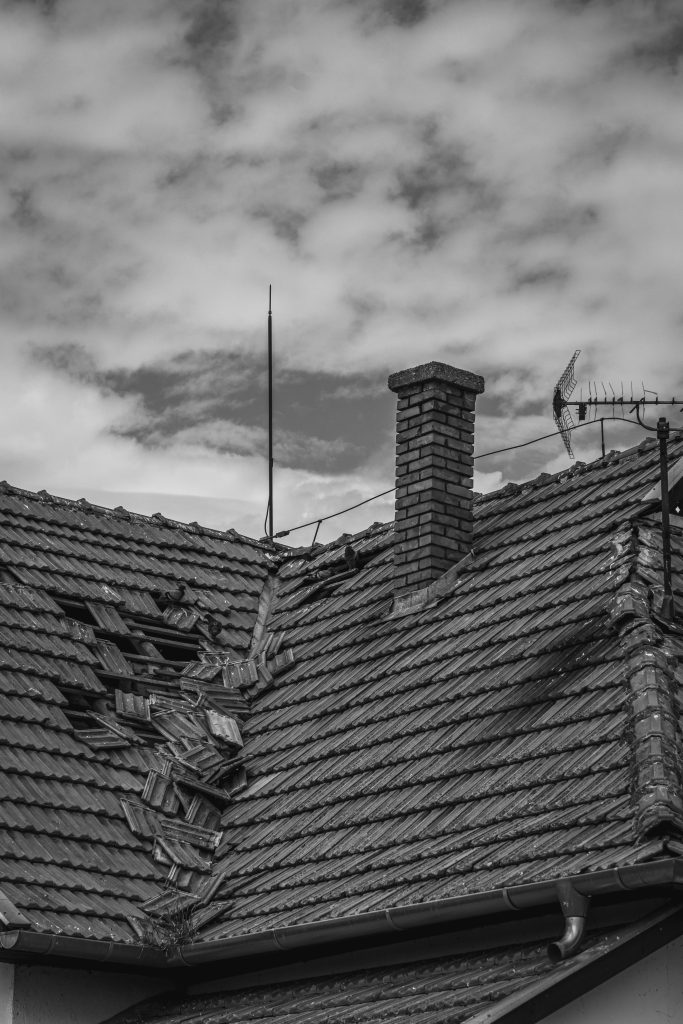
This is where roof inspection drones really show their power. Some issues, like water trapped under the roof membrane, are completely invisible from the surface. But this trapped moisture slowly destroys your insulation and decking, leading to expensive property damage.
A drone with a thermal camera can easily spot these problems. According to experts in how thermal imaging works, the technology detects tiny temperature differences. Wet areas hold heat differently than dry ones, making them show up clearly on a thermal map so you can fix them before a roof leak starts.
Saving You Money in the Long Run
All these benefits add up to significant cost savings. You spend less on the inspection service itself because it’s faster and needs less labor. But the real savings come from proactive maintenance and accurate damage assessments.
By finding and fixing a small leak today, you avoid the massive expense of replacing rotten structural components and damaged inventory tomorrow. A detailed drone report gives you the information you need to create a smart, cost-effective maintenance plan for your building, improving its overall roof condition.
What Kinds of Commercial Properties Benefit Most?
Just about any commercial or residential roof can be checked by a drone, but they are especially valuable for certain types. Properties with large, complex, or hard-to-access roofs see the biggest benefits. If you manage a property, see if yours falls into one of these categories.
- Warehouses and Distribution Centers: These buildings have enormous, flat roofs that are perfect for drone surveying. It’s incredibly difficult and time-consuming to inspect them on foot.
- Retail Complexes and Malls: With tons of rooftop HVAC units and varying levels, these roofs are complex. Drones can easily capture all the details without disturbing shoppers.
- Office Buildings and Corporate Campuses: These often have multiple roof sections at different heights, making manual inspections a logistical puzzle that drones can solve easily.
- Manufacturing Plants: These facilities can’t afford shutdowns. A fast, non-intrusive drone inspection keeps production lines running while protecting the building.
- Hospitals and Educational Facilities: Safety is paramount in these environments. Keeping inspection crews on the ground and out of the way is a huge advantage.
- Properties with Solar Panels: Drones can inspect the condition of solar panel installations and the roofing material around them without the risk of someone walking on and damaging the panels.
- Real Estate & Insurance Companies: These groups rely on fast and accurate property evaluations. Drones provide the necessary data for underwriting, claims processing, and pre-purchase due diligence with excellent customer service.
Common Questions About Drone Roof Inspections
It’s normal to have questions before trying a new service. Here are answers to some of the most frequent ones we hear.
How much does a drone roof inspection cost?
The cost varies based on the size and complexity of your roof. But, it is often much more affordable than a traditional inspection when you factor in labor and equipment. Think of it as an investment that prevents much larger costs down the road.
Are the drone pilots certified?
Absolutely. Any pilot operating a drone for business reasons needs to hold an FAA Part 107 Remote Pilot Certificate. This proves they understand the rules of the sky and can operate safely and legally. Always ask for proof of certification and insurance before any roof inspection jobs begin.
What about weather conditions?
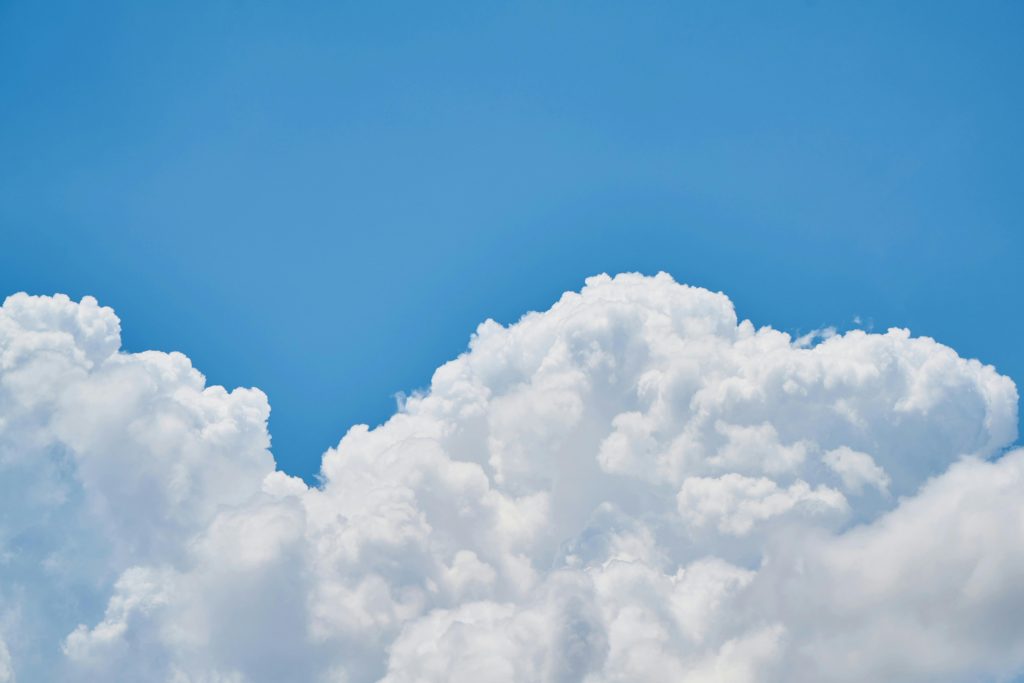
Drones can’t fly in high winds, rain, or snow. The inspection will need to be scheduled on a clear day. For thermal inspections, conditions need to be just right, which usually means after sundown or before sunrise on a dry day to get the best results.
How often should your roof be inspected?
For most commercial properties, a yearly roof inspection is recommended. You should also schedule one after any major weather event, like a severe hailstorm or hurricane. Regular inspections help you to assess damage early and extend the life of your roof.
Can a drone detect active roof leaks?
A drone inspection is exceptional at finding the evidence of leaks or conditions that cause them. Thermal imaging identifies trapped moisture under the roof surface, a primary indicator of a breach. Visual cameras can spot damaged flashing, seams, and punctures where water gets in, helping you find and fix issues before they escalate.
Conclusion
Maintaining a commercial roof is a serious responsibility. Ignoring it can lead to devastating financial consequences. Traditional methods are slow, dangerous, and often miss critical issues hidden from view.
A professional drone roof inspection for commercial buildings offers a smarter path forward. It gives you more accurate data, saves time and money, and completely removes the safety risks of manual inspections.
By using this roof inspection technology, you’re not just getting a report; you’re getting the peace of mind that comes with truly understanding the condition of your most valuable asset.

